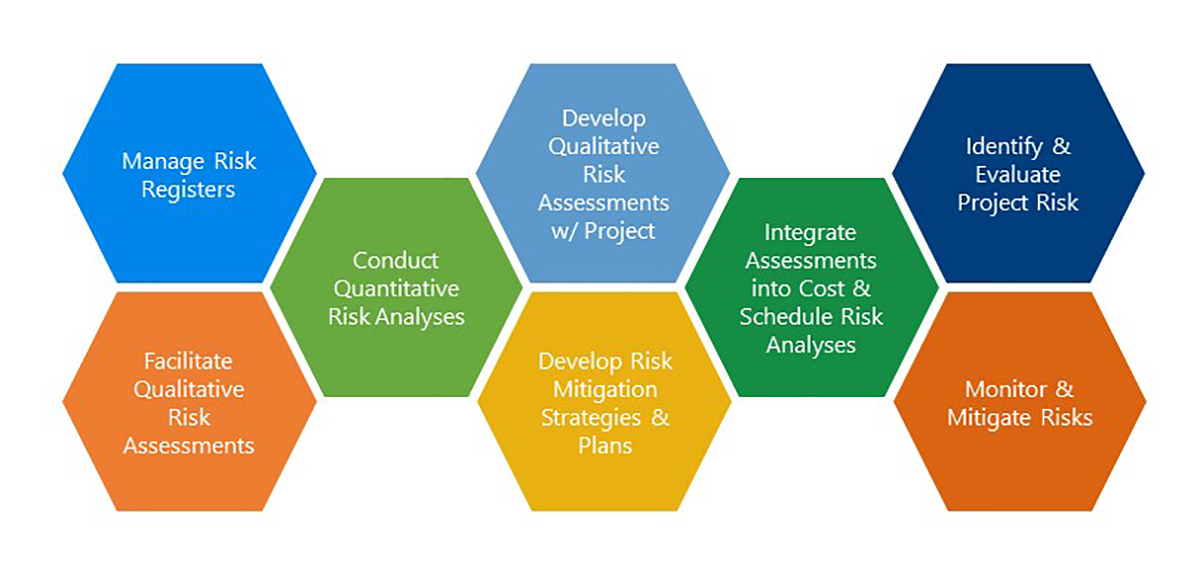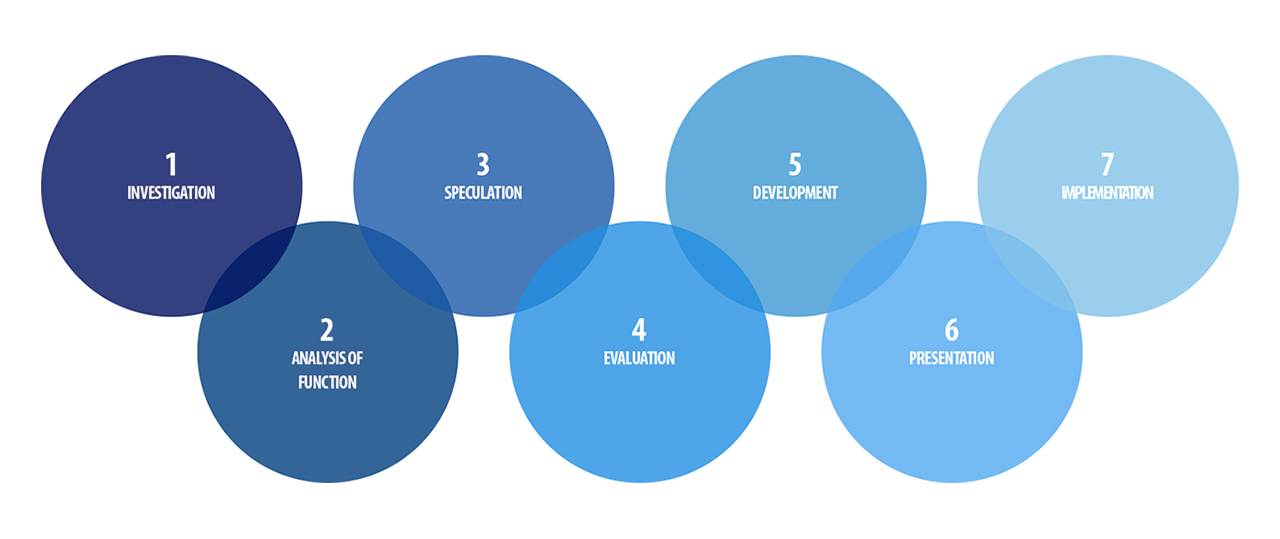Disclaimer: The following article addresses a developing situation, is subject to change, and may not address all prevailing conditions. It is not intended to provide specific professional advice or guidance, anticipate likelihood of events, and may not apply to your specific situation. The views and opinions expressed in this article are those of the author and do not necessarily represent the views of PMA Consultants or the position of any other agency, organization, employer, or company.
As a manager or executive of a new or expanding manufacturing facility that was shut down mid-construction by the COVID-19 crisis, you need to strategize to put your company in a better position. COVID-19 has not only caused a health crisis, but also a financial crisis.
Competitors, of course, are facing similar challenges with their production facilities. Doing the research necessary will ensure you are first out of the gate as facility construction transitions back to normal.
As an Owner, what are some of the issues to be thinking of for a successful project restart? Below is a list of important considerations.
Key Ideas:
- Assess the current and future financial health of the company and project.
- Reassess capital project plans and net present value.
- Document pre and post-shutdown cost and schedule status.
- Develop concrete plans for best, likely, and worst-case scenarios.
- Review and modify pre-pandemic project work and construction processes.
- Give notices and keep communication and collaboration channels open.
- Secure materials and labor resources well ahead of planned restarts.
Assessing Business Considerations
Key considerations for Owners when assessing project impacts from changes to the business environment and planning for subsequent mitigations may include:
Risk Mitigation
Conducting scenario planning and risk assessments with leadership and project management team members during and post-shutdown may better assure planning for all contingencies. Developing action plans for all scenarios, both optimistic and worst case, including financial challenges and loss of critical project inputs, can ensure that gains are maximized and losses mitigated as evolving situations allow.
Owners who instruct their teams to maintain and create records of project status prior to and during project shutdown and after startup may better be able to support their interests, such as in the case of future construction claims.
 Process Changes
Process Changes
A review of impacts from telework and travel restrictions can allow Owners to surmount administrative challenges when projects resume. For example, wet signatures may need to be replaced with digital signatures and VPN networks may need to be extended. Documents that are specified to be delivered in hard copy may need to be delivered digitally to ensure the intended outcome of the process is met.
Implementing the CDC’s recommendation to identify a workplace coordinator who is responsible for COVID-19 issues may have already been completed in your organization. Owners who align these responsible persons with their counterparts in contractor organizations and instruct these coordinators on what is expected to be tracked, identified, and communicated may be better able to align on-site responses to pandemic impacts.
The CDC also strongly encourages coordination with state and local health officials so that timely and accurate information can be used to make appropriate business responses.
Financial Considerations
Depending on the situation, project financing may be at risk under certain economic conditions as the COVID-19 crisis unfolds. Owners who proactively work with their finance and legal team members to assess impacts that may change financing on current project contracts or future project viability may be able to preempt consequent cascading effects.
Likewise, checking on contractor’s financial viability may allow Owners to ensure that project contractors, subcontractors, and vendors have not been impacted by the COVID-19 crisis in a way that might materially affect their continued obligations to a project.
Ascertain if a contractor is receiving reimbursement through federal government stimulus packages for COVID-19 impacts. Open and collaborative communication will promote more optimal project outcomes.
In uncertain circumstances, creative thinking by management, such as advances or faster payments to allow key contractors to remain viable when the project restarts, may lead to a higher chance of project success than following the trajectory of pre-shutdown policies.
In addition to direct impacts of potential cost increases and schedule delays to project return on investment, market conditions may have also changed since the start of the pandemic. Reassessing the project’s Net Present Value for the project with executive team members can ensure that allocation of capital for the completion of the project remains a sound investment given the current stage of construction and contractual obligations.
Assessing Project Considerations
Project-specific areas that may be important to assess are:
Materials and Equipment
Price Escalations
Owners might see post-crisis costs for materials and equipment vary from pre-crisis levels and may need to work with their planning staff to ensure that these changes are budgeted for. Possible increases to project cost can be included in any reassessment of business rationale for the project. Cost spikes may cause some projects to gain more investment value if they are postponed pending expected future cost stabilization or to become unprofitable compared to their original capital plan.
Project Owners who work with their accounting and finance teams to separate and track costs for remobilization efforts, ensure retention of supporting documentation, and instruct contractors to follow these procedures can prevent mixing of costs in the future. This can allow for quick document assembly if required by future government legislation offering offsets or compensation for these costs.
Material and Equipment Shortages
Many manufacturing projects across the US and the world might be resuming facility construction at the same time, putting a strain on the already disrupted supply chains of both basic and advanced materials and equipment. Owners should be aware that certain materials may not be in supply for extended periods of time after current stocks run out.
Similarly, Owners who ensure that those responsible for scheduling arrivals of heavy equipment are finalizing those orders earlier than they had prior to the COVID-19 crisis may be better able to limit possible project delays.
If shortages can be reasonably anticipated to impact the project, Owners may consider working with their project teams to reconfigure project delivery, such as re-phasing the project delivery to focus resources on the project sections that will deliver the highest value when completed and postponing sub-projects that are not as critical.
Value Engineering
If required materials and equipment are expected to be unavailable or their costs have changed significantly, an Owner can work with the facility design, construction, and project management teams to seek substitutes that are fit for purpose and the budget of the project.
 Personnel and Labor Resources
Personnel and Labor Resources
Absence of Key Personnel
Key personnel may be affected by the virus, both directly or by needing to care for children who are home from school and sick family members. Owners who are prepared with continuity plans in place for key personnel may be better able to maintain essential business functions in the event critical employees are absent.
Labor Shortages
Stemming from both COVID-19 impacts and from many companies jostling for labor resources in the construction industry as projects restart, preparation and mitigation plans for possible construction labor shortages can prevent delays.
Work Stoppages
As various government and private entities issue orders pertaining to COVID-19, project work may be affected. Contractor, Design-Builder and Owners should consider contingency plans to help protect the project interests.
OSHA Compliance
Owners should receive assurance from the responsible members of their teams that the latest OSHA guidelines concerning COVID-19 are being complied with.
OSHA guidance is being updated frequently, and staff maintaining visibility of ongoing guideline adjustments can prevent oversights.
Government, Utility and 3rd Party Constraints
Information, Inspections, and Approvals
Building, other government, and vendor inspectors may become both local and industry-wide project constraints widely or in your local area. Arranging required building, equipment and other inspections far ahead of the need date of those inspections may prevent construction delays.
Government approvals may also become a constraint. For pharmaceutical and biopharma facility project restarts especially, approvals of FDA-regulated products may encounter backlogs as pharma companies jockey for priority and the ongoing pandemic adds workload to a limited number of FDA reviewers.
Utility Connections
Project owners and contractors may have difficulty scheduling connections with utility companies who may be under their own pressures due to the pandemic. Working closely with utility contacts may be able to mitigate some of these constraints.
New and Modified Work Practices
Work restrictions, stay-at-home orders, PPE, and distancing requirements may remain in place for the foreseeable future. Owners that proactively accommodate these measures, both those that are required by statute and those that become expected by convention, can build goodwill which can mitigate other stressors.
Reviewing how project schedules might be impacted by changes to construction practices, such as daily fever screenings or other new controls, may reveal the impact of these changes on resources and project phase completion times.
New engineering controls, such as physical barriers, increased ventilation, negative air pressure zones, and high efficiency air filters, may be needed to continue work. This may have direct and indirect effects on the cost and schedule of the project owners who continue to work with contractors to give notice of project changes early and often can reduce challenges caused by missed communication.
Assessing Contract Considerations
The Owner’s legal counsel checking contract language during this period can give assurance as to the rights and obligations of contract signatories. At the same time, Owners may seek to keep in mind the bigger picture of project success. While an executed contract may have language that places the burden of costs and performance on contractors, contractors may have a different reading of the language.
Disputes that are not able to be resolved collaboratively may lead to non-optimal project outcomes. Strict interpretations of pre-pandemic contracts may also not find favor in the event a dispute needs to go in front of a jury. Critical items for Owner-legal counsel discussion would be:
Contract Clause Language
Ascertain whether the contracts contain “force majeure” language and consider how the contract details affect the specific project issues involving COVID-19. Consider how the COVID-19 crisis effects a specific project if the contract does not contain “force majeure” language.
Communications Provisions
Review how the shutdown was handled when work originally stopped, and whether prompt written notice was provided.
Review the language specifying site collaboration requirements or on-site presence requirements. Contracts may need to be amended to comply with new government regulations that have changed since the start of the COVID-19 pandemic.
Review delivery of project information. For example, a contract may require that one hard copy set of project drawings is delivered to an Owner’s offices for review, and provisions such as these may not lead to optimal outcomes when teams are working remotely.
Financial Arrangements Provisions
Review financial bonding provisions to determine if the COVID-19 crisis has any financial implications to a specific contract.
Labor and Materials Provisions
The following items should be subject to review:
- Assess price escalation language and determine which parties are contractually responsible for cost measures associated with impacts from the shutdown.
- Potential substitution requests, both allowed by the contract and what would be acceptable to the Owner given new realities.
- Delays and extensions provisions. Consider also loss of productivity labor issues due to COVID-19.
- Language concerning Owner rights due to unavailability of key personnel.
- Contractor relief from provisions due to reductions in key personnel, labor, closures of plants and factories, and disrupted supply chains.
- Termination rights triggered from work stoppages.
- Whether orders by state and federal governments, such as stay-at-home orders, the use of PPE, and area occupancy limits that took place after contract formation are considered a change in law.
- Safety of persons and property provisions and who is responsible for reasonable precautions for employee safety. This includes compliance with the lawful orders of public authorities, which may result in a claim for extensions of contract time and sum to accommodate that compliance.
Change Orders
- Extensions of contract time may be warranted depending on contract language.
- Increases in contract sum from additional costs may or may not be warranted depending on contract language and cost drivers. Paramount to protecting owner interests is checking requests for changes against documented pre and post-shutdown project status.
- Modification of new contracts to accommodate changed circumstances may be required.
Conclusion
Detailed readings, documentation, creativity, and collaboration are guiding principles during this unprecedented situation. Construction sites and projects across the United States and the world are currently faced with new realities and business environment changes which require informed and rapid response. Those Owners who use the time during shutdown to collaborate with other key personnel to review project documentation and create actionable plans will likely be best able to position their organizations for quick startups and minimize impacts from pandemic effects.
 Alexander Neary, PMP is an Associate at PMA Consultants. An experienced project manager and project controls specialist with a background in team coordination and management of program and project implementation processes, his experience covers the following sectors: infrastructure, biopharmaceutical, electric utilities and software deployment industries.
Alexander Neary, PMP is an Associate at PMA Consultants. An experienced project manager and project controls specialist with a background in team coordination and management of program and project implementation processes, his experience covers the following sectors: infrastructure, biopharmaceutical, electric utilities and software deployment industries.

Dennis Lucey is a Managing Director with PMA Consultants. Mr. Lucey has developed, implemented, and managed project controls systems that have delivered effective management tools and successful project completion for 20 years. His experience spans both public and private residential, academic, biopharmaceutical, office/retail, water/wastewater, and highway projects.
For more information about PMA Construction Management, Project Risk Management, and Construction Claims services, please contact info@pmaconsultants.com.